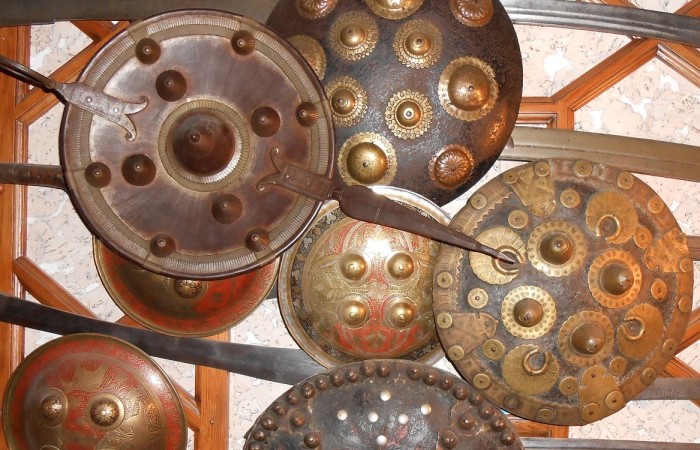Author Archive
Weapon mastery: differences between practical swordsmanship and demonstration exercises
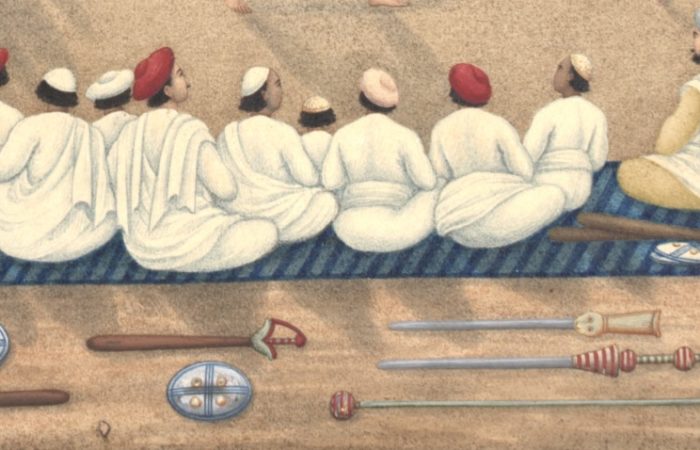
Indian modern martial arts with weapons are a mix, or rather, remnants of real swordsmanship, sports and entertainment exercises and a standard set of techniques for demonstration performances. It is important to emphasize that all these elements simultaneously existed in historical reality, represented a single system of warrior training and did not contradict, but complemented each other.
Sthanu-vrata, or the single leg stance in martial arts

The single leg stance is commonly known as one of modern yoga asanas — Vrikshasana, or Tree pose. Lesser-known is the origin of this stance: it traces back to Sthanu-vrata, an ancient practice of asceticism which embodies key pillars of Indian culture.
Dance, battle and ritual
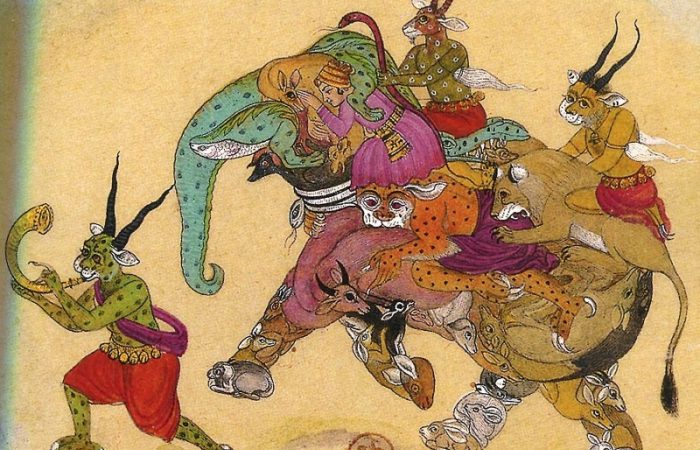
The phenomenon of Indian military practices cannot be understood and explained in the context of modern views on Oriental martial art or self-defense in general.
Indian staff
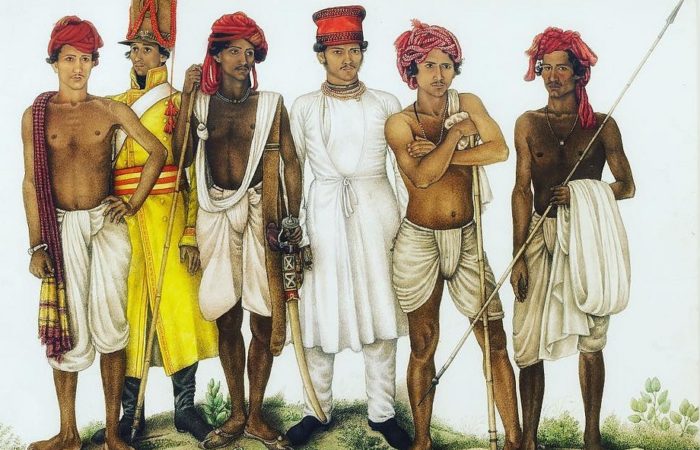
The North Indian staff — lakri (लकड़ी or لکڑی, meaning
«a wood») — is a powerful bamboo stave or stick. Its length varies
from 150 to 170 cm but ideally is selected individually so that the staff
reaches the height of the earlobe of the owner.
Two talwars
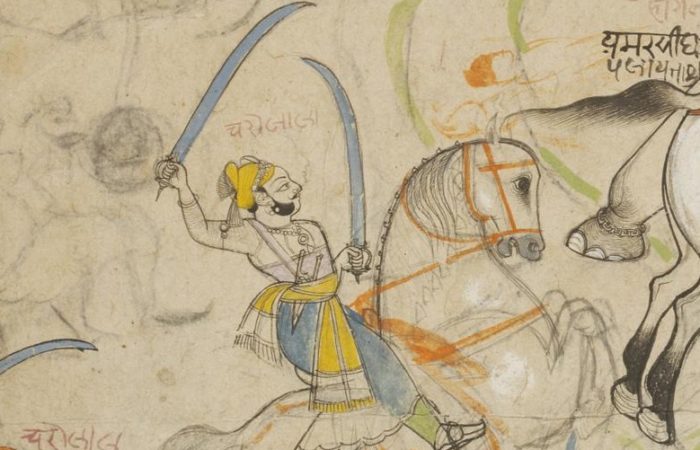
There are quite a few historical evidences on the use of two talwars simultaneously in a real battle in India. In addition, a certain part of such descriptions are information, which, from a critical point of view, can be regarded as a poetic or mythological glorification of what happened in reality, and of course the description of fighting in such non-standard heroical manner is a glorification. Read more
Fighting Ascetics
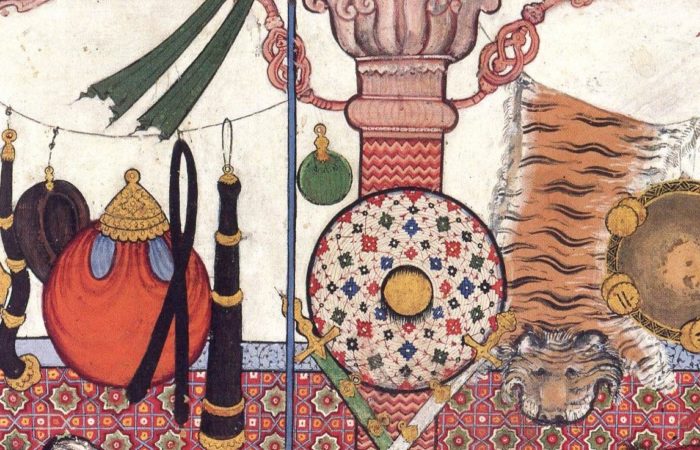
«…who from going quite naked, close shaved and well rubbed with oil are so slippery that no one can seize them while they force their way with a dagger pointed at both ends and held by the middle» (from the description of the 19th century) Read more
Daggers in Indian martial arts
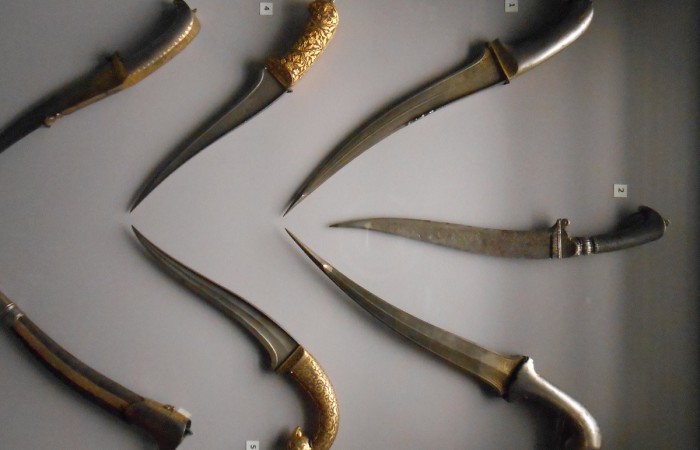
The weapons that were purchased by collectors in the 19-20th centuries at the Indian markets were certainly typologically similar to real weapons, although manufactured as souvenirs and handicrafts. But the quality of information the customer learnt about the name, features, and origin of a weapon type depended on the seller`s knowledge of the weapon. The provided information must have been variable depending on the place of purchase and language spoken by the seller.



